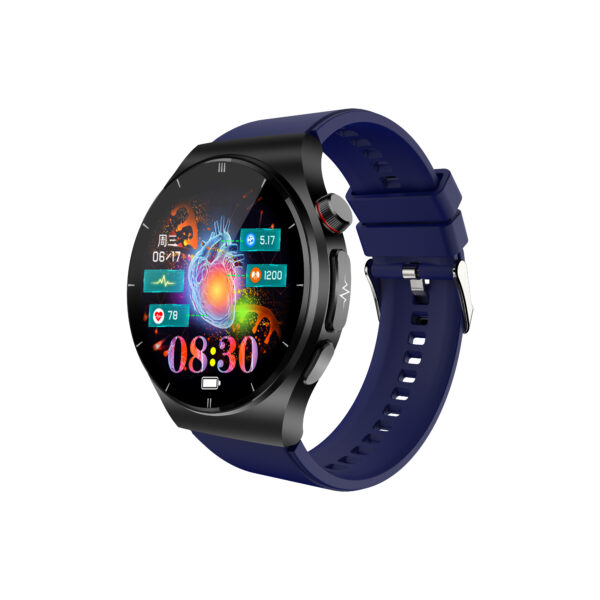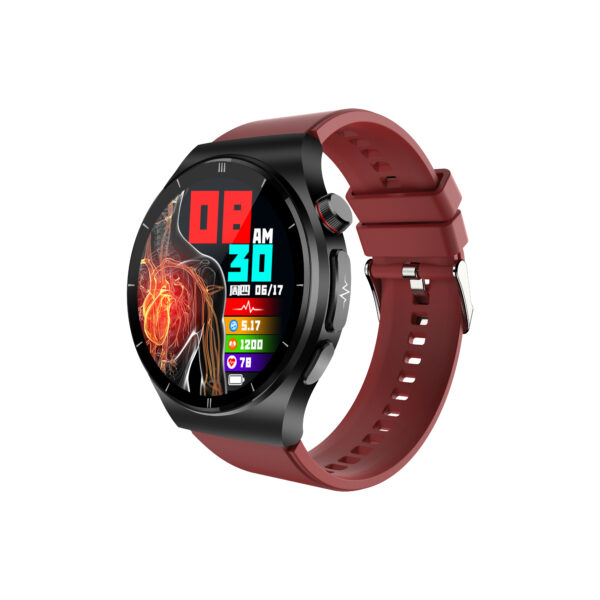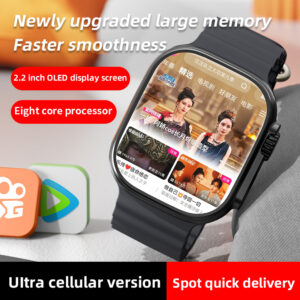2024-07-27
AMOLED (Active Matrix Organic Light Emitting Diode) screens and TFT (Thin Film Transistor) screens are two common types of display technologies used in various electronic devices, including smartphones, smartwatches, and more. Here, I’ll explain the differences between the two, their advantages and disadvantages, and their prevalence in smartwatches.
AMOLED Screen:
Advantages:
Vivid Colors: AMOLED screens offer vibrant and rich colors due to individual pixel illumination. Each pixel emits its own light, resulting in high contrast and deep blacks.
Energy Efficiency: AMOLED screens are energy-efficient because they only consume power when displaying bright colors, as individual pixels can be turned off to display true black, which saves energy.
Thinner and Lighter: AMOLED screens can be made thinner and lighter, making them suitable for slim and lightweight devices like smartwatches.
Disadvantages:
Burn-in Risk: AMOLED screens are susceptible to burn-in, which occurs when static images are displayed for extended periods, causing permanent image retention.
Cost: Manufacturing AMOLED screens can be more expensive than TFT screens.
TFT Screen:
Advantages:
Durability: TFT screens are more durable and less susceptible to burn-in compared to AMOLED screens.
Lower Cost: TFT screens are generally more cost-effective to manufacture.
Good in Direct Sunlight: TFT screens can be easier to read in direct sunlight due to their bright backlight.
Disadvantages:
Limited Color and Contrast: TFT screens typically have less vibrant colors and lower contrast compared to AMOLED displays.
Higher Power Consumption: TFT screens consume a constant amount of power regardless of the content displayed, making them less energy-efficient than AMOLED screens.
Smartwatch Market Share:
In the smartwatch market, both AMOLED and TFT screens are used. The choice of display technology depends on various factors, including the manufacturer’s design goals, price points, and intended use cases. As of my last knowledge update in January 2022, AMOLED screens were more prevalent in high-end and mid-range smartwatches due to their superior visual quality and energy efficiency. However, TFT screens were still used in some budget-friendly or rugged smartwatches, which prioritize durability and cost-effectiveness over display quality.
Please note that market trends may have evolved since then, so it’s a good idea to check the latest information to see if there have been any significant changes in the prevalence of AMOLED and TFT screens in smartwatches.







